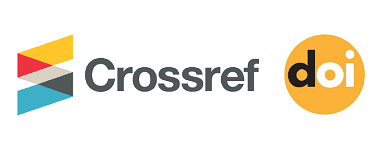Hybrid CNN-GRU Scheduler for Energy-Efficient Task Allocation in Cloud–Fog Computing
DOI:
https://doi.org/10.69987/JACS.2022.20201Keywords:
Cloud Computing, Fog Computing, Edge Computing, Resource Management, Machine Learning, Energy EfficiencyAbstract
The increasing energy demands of cloud–fog computing environments have made efficient task scheduling a critical challenge, especially as these systems scale to accommodate a growing number of hosts and tasks. The original model, while effective in optimizing energy consumption, faced limitations in handling temporal dynamics and scalability across varying host configurations. This paper presents an enhanced task scheduling model that incorporates both spatial and temporal dynamics using a hybrid Convolutional Neural Network (CNN) and Gated Recurrent Unit (GRU) architecture. The CNN extracts spatial features from the resource distribution across hosts, while the GRU captures temporal patterns in workload changes, enabling the scheduler to predict future system states and optimize task allocation. Additionally, a normalization technique is introduced to ensure the model scales efficiently without retraining, making it adaptable to dynamic cloud–fog environments. Experimental validation using the COSCO framework demonstrates that the proposed model significantly reduces energy consumption, increases job completion rates, and minimizes Service Level Agreement (SLA) violations compared to baseline models. The model-maintained job completion rates above 94% across simulations, with SLA violations kept below 6.1%. Future research directions include the integration of reinforcement learning for more adaptive scheduling and applying the model to other distributed environments, such as IoT and edge computing.
Downloads
Published
Issue
Section
License
Copyright (c) 2022 © 2024 Journal of Advanced Computing Systems (JACS). All rights reserved. Authors retain copyright and grant JACS right of first publication under a Creative Commons Attribution License.

This work is licensed under a Creative Commons Attribution 4.0 International License.











